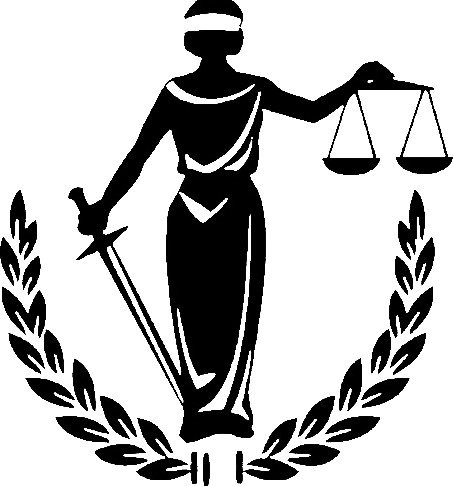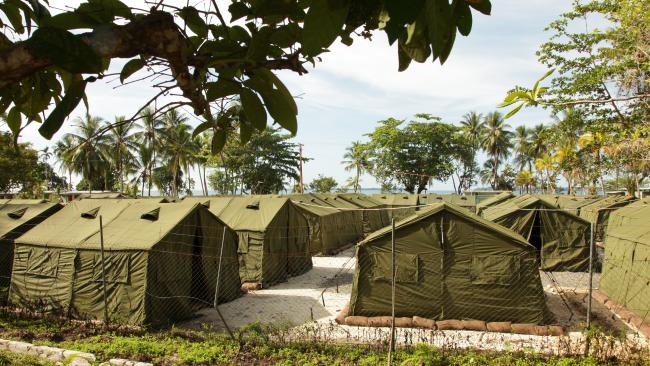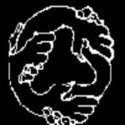- Home
- All the way with Adam
- Analysing Trump-Turnbull Phone X-change
- Are we there yet ?
- Australia's diminishing political capital
- Boat turnback bribery and predictable silence
- Causes for Refugee Movements: Political Interference
- Corrupt Syndicate and Cover-ups
- Crimes of Secretary of DIBP (2011-2014)
- Details on Fazel Chgeni case:
- Election Season and Boat Secrecies
- Elephants and Lies -- Xmas season 2017
- End Offshore Slavery
- Evacuate the Asylum-seekers from Offshore Detention Centres
- Future for PNG Asylum-seekers
- Growing List of Hero Doctors
- Honesty is the best policy on payments to smugglers
- Lady Justice shines on the Pacific
- Lectures and Pressures
- Lets shine our solidarity on Manus Island and Nauru
- Lies, Spins, Cockroach and Rodents
- Ltr to Andrew Wilkie and Adam Brandt MP
- Media monopoly and conspiracy of silence
- Media monopoly: blackout vs spotlight
- Nauruan MOU and Dabwido -- Devil not in Him
- No Lecture, More Pressure
- OSB and Public Interest Immunity
- OSB, Turnbacks and Political cover-ups
- On wherever of the Internet
- Pacific Solution for Justice
- Refugees, Trust and Faith
- Royal Commission on Offshore Processing Regime, an initiative worth supporting
- Serving the Horizontal Outreach
- Shedding some light on OSB
- Should Dutton be sacked for adopting Cockroach Agenda
- Standing up for Refugees ? Set up a FB Group and Becomes Human Rights Information Retailer:
- The 2018 Unpacking of Xmas Lies
- The Syndicate of Corruption
- The myths, secrecies and refugee policy
- The scandal at hand
- Trade Your Vote for Refugees
- Treasonous minions
- UN Refugee Convention and Huston Report 2012 , a case of public mood-swings and government policy shift
- Virtual Communities - All about Respect
- Who gonna park on that spot ?
- Witchcraft behind the Spin
- Put yourself in Indonesian's shoes
- Australian Government's bribery payments to people smugglers
- Boat bribery payments and motives behind
- Labor, Liberal and Mandatory Detention Policy
- The Irony of Australian Government's "Tough on Crimes"
- Tilting at Canberra Windmills
- Why my polly is so silent
- The ALP Position on asylum-seekers detained offshore
- The Cowards of Australia
- Refugee Policy Moonwalks and ALP
- A Lie is a 'Lie' and a Crime is a 'Crime'
- Attributions
- AFP and ICC
- (2022-Sep) OTP-ICC Preliminary finding and Request for ICC jurisdiction
- (2018-Apr) Additional Submission to ICC re: Enslavement
- (2017-Jun) Enslavement in Manus Island and Nauru
- Dob-in to International Criminal Court
- Request ICRC to Evacuate Asylum-seekers
- Rome Statute Article 25 on Individual Responsiblity
- STATE OF TORTURE LAW IN AUSTRALIA
- Urgency on Offshore Situation
- Bomana
- Asylum Processing Under PNG/Naurual Laws: Lawful or Unlawful?
- Freedom Yours, Justice Ours
- LEGAL REMEDY FOR DETAINEES IN KP, MANTRA & ITAs
- ERRONEOUS OFFSHORE LAWS
- LIBERTY - BROADENING THE SCOPE
- EXECUTIVE EMERGENCY POWER, COMMON LAW AND ALIENS
- Bomana53# and Convention Obligation
- Legal Boundary of Offshore Processing Regime
- HCA Failed Offshore Detention Challenge S195/2016
- UNORG
- (Feb 2022) Submission to Human Rights Council and Special Rapporteur on Slavery
- (Sep-2019) Letter to UN Secretary-General Guterres
- (Sep-2018) Letter to President of Nauru and Prime Minister of New Zealand
- (Aug-2019) Resettlement Appeal to European Council
- (Jul-2019) Letter to Canadian PM Justin Trudeau
- (Dec-2017) Letter to President of ICRC
- Slavery
- Deaths in Detention
- Archived: 1992-2004
Methods for Identifying Slavery
"Slavery may exist even without torture. Slaves may be well fed, well clothed, and comfortably housed, but they are still slaves if without lawful process they are deprived of their freedom by forceful restraint." (Nuernberg Military Tribunal 3-Nov-1947, Opinion and Judgment on Case 4. United State vs. Pohl)
Slavery Updates: Friends, I had uploaded few more resources in relation to slavery, especially the Australian High Court landmark judgment on Case of Wei Tang (Queen vs Tang, 2008) and few related discussion made by Prof. Jean Allain, world's renown expert on slavery laws. Whilst the 1926 legal definition of slavery still standing in today's world of contemporary forms of slavery, to my observation, there are three (3) differing approaches in identifying the slavery:
(i) An approach taken by ICTY -- the International Criminal Tribunal on former Yugoslavia -- on the case of Kunarac (2002). In this case, the indicating factors (Factor Indicia) that arising out from perpetrators criminal action upon the enslaved, were used to identify the case of slavery. This said to be more broader approach to enslavement issues.
(ii) The approach taken by High Court of Australia on case of Wei Tang (2008). In this case, the HCA had used strict legal definition of 1926 Slavery Convention, analysing on the forms of powers exercised by the accused, to reach its verdict (Para 1-59 Queen vs. Tang [#1], Gleeson Chief Justice). This said to be more orthodox approach to slavery.
(iii) Another approach by Justice Hayne, that had been taken in case of Wei Tang (2008). In this approach, the slavery is to be understood from the view point of victim whose freedom and liberty were severely deprived off, rather than focusing on the criminality of the accused (Para 132+, Queen vs. Tang [#1], Justice Hayne).
Friends, it may be more instructive to look at the case of Wei Tang on the second approach. I do see the similarities of situation: i.e. "Club 417 and exploitation of prostitutes" and "LNP Cohorts and exploitation of offshore asylum-seekers". By following closely to HCA considerations, we might be able to apply directly on our cases of offshore slavery. Please have a look in the section "legal resources" on noted reports.
Since the time I had communicated this matters to Hon. Andrew Wilkie MP in 13th May 2017, I am now even more convinced that there has been an undeniable case, contestable in a court of law, of LNP government perpetrating crime against humanity of enslavement (slavery). I earnestly invite our friends to look into the details of Queen vs. Tang, making efforts to decipher the contents of HCA judgment.
-- Regards, U Ne Oo, NetIPR.
http://www.aus4iccwitness.org/node/46 (Letter to Andrew Wilkie MP)
http://www.aus4iccwitness.org/node/64 (Slavery resource page )
[#1] The Queen vs Tang (2008), the High Court of Australia landmark judgement on slavery (PDF).
[#2] Case Note on Queen vs Tang by Prof. Jean Allain of QUB (2009) (PDF)
[#3] Contemporary slavery and its definition in law by Prof. Jean Allain (2016) (PDF)
[#4] Guest Lecture Series of the Office of the Prosecutor ICC by Jean Allain (2007) (PDF)
LATEST UPDATE
Common law aspects of the doctor-patient contractual relationship in connection with the patient's natural (inalienable) rights in medical treatment. Examine Commonwealth Government's healthcare provision in offshore immigration detention based on the common law doctor-patient contract. Open public license 4.0 applied all content.


FEATURED
Collection of evidence and cases on detention slavery. Have chosen pieces of evidence that are reliable so that one can submit directly to the tribunal of fact. All evidence is taken from verifiable sources only. Two examples of enslavement with medevac delays on Faysal Ishak Ahmed and Samuel. Open public license 4.0 applied all content.


FEATURED
Australia's offshore processing scheme is interpreted within the context of enslavement of asylum-seekers. Starts with the applicability of Australian slavery laws at offshore settings, compare international and domestic slavery laws. Then, identify offshore medevac delay incidents as the indicators for slavery. Elucidate such delay incidents as violation of natural rights of human person, and that of Torture Laws and Slavery Laws.


